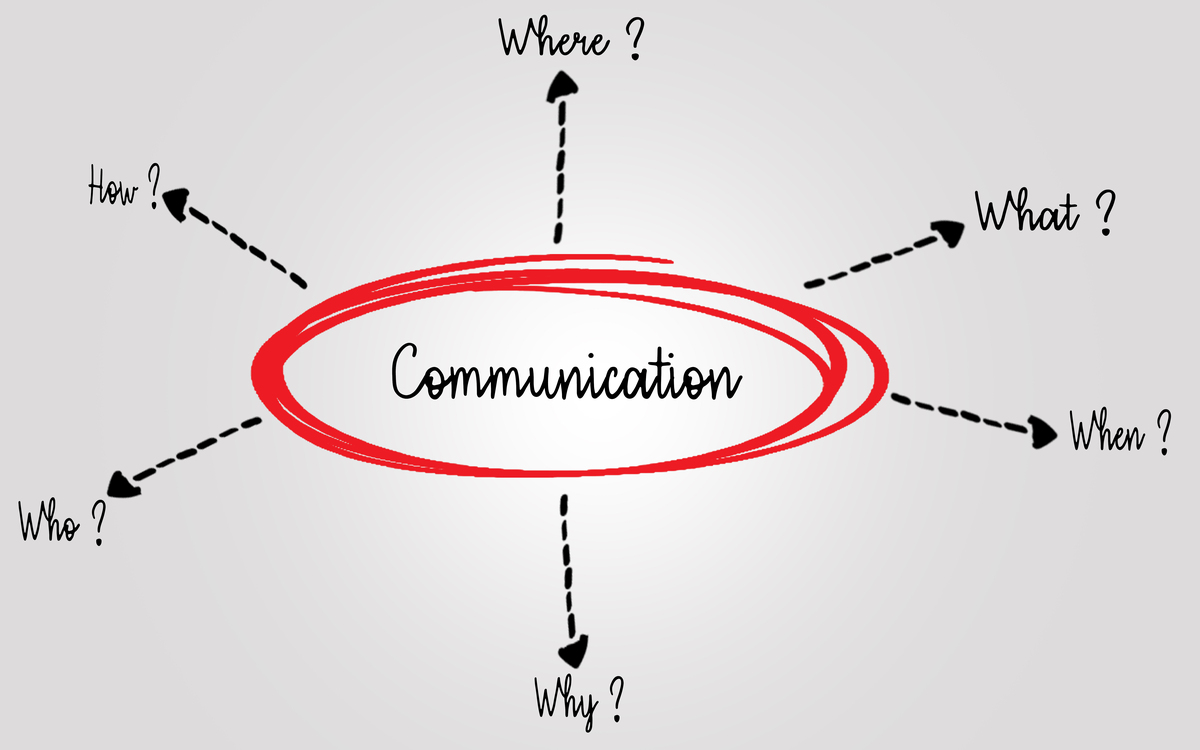Hierarchical vs Aggregate Models in Claim Pricing: Pros and Cons
Hierarchical vs Aggregate Models in Claim Pricing: Pros and Cons
When it comes to claim pricing, choosing the right modeling approach is crucial for accuracy and effectiveness. Two common approaches are hierarchical models and aggregate models. This article breaks down the pros and cons of each to help you make informed decisions for your specific needs.
Hierarchical Models
Pros:
- Granularity: Hierarchical models analyze data at various levels (e.g., policyholder, policy, claim). This granular approach provides a deeper understanding of factors influencing claim costs.2. Customization: These models can be tailored to specific segments or groups within the data, facilitating more accurate and personalized pricing.3. Improved Accuracy: By incorporating detailed information from different levels, hierarchical models can potentially yield more accurate predictions and pricing results compared to aggregate models.
Cons:
- Complexity: Hierarchical models are more complex, requiring advanced statistical techniques and significant computational resources. Developing and implementing them demands more time and expertise.2. Data Availability: These models rely on sufficient data at each level for reliable estimates. Sparse or incomplete data can limit their effectiveness.3. Interpretability: Interpreting hierarchical models can be challenging due to their multilevel structure and the interplay of different factors. Communicating results to stakeholders effectively may require extra effort.
Aggregate Models
Pros:
- Simplicity: Aggregate models are generally simpler to implement and interpret than hierarchical models. They aggregate data at a higher level, making them easier to understand.2. Data Availability: Aggregate models may require less detailed data, proving more feasible when data is limited or sparse.3. Computational Efficiency: Due to their simplicity, aggregate models require less computational power and deliver faster results.
Cons:
- Loss of Granularity: Aggregate models disregard the heterogeneity within different data levels, potentially leading to less accurate pricing estimates.2. Lack of Personalization: These models may not capture individual or specific characteristics of policyholders or claims, resulting in less customized pricing.3. Potential Bias: Aggregating data at higher levels can introduce bias and obscure variations within groups, impacting the pricing model's accuracy.
Choosing the Right Model
The choice between hierarchical and aggregate models hinges on the specific context, available data, desired level of granularity, and the trade-off between complexity and accuracy.
Consider these factors carefully to select the most appropriate model for your claim pricing needs.

原文地址: https://www.cveoy.top/t/topic/zoe 著作权归作者所有。请勿转载和采集!